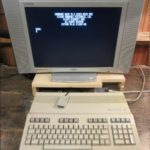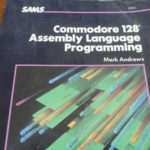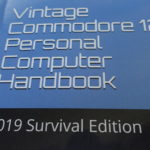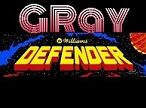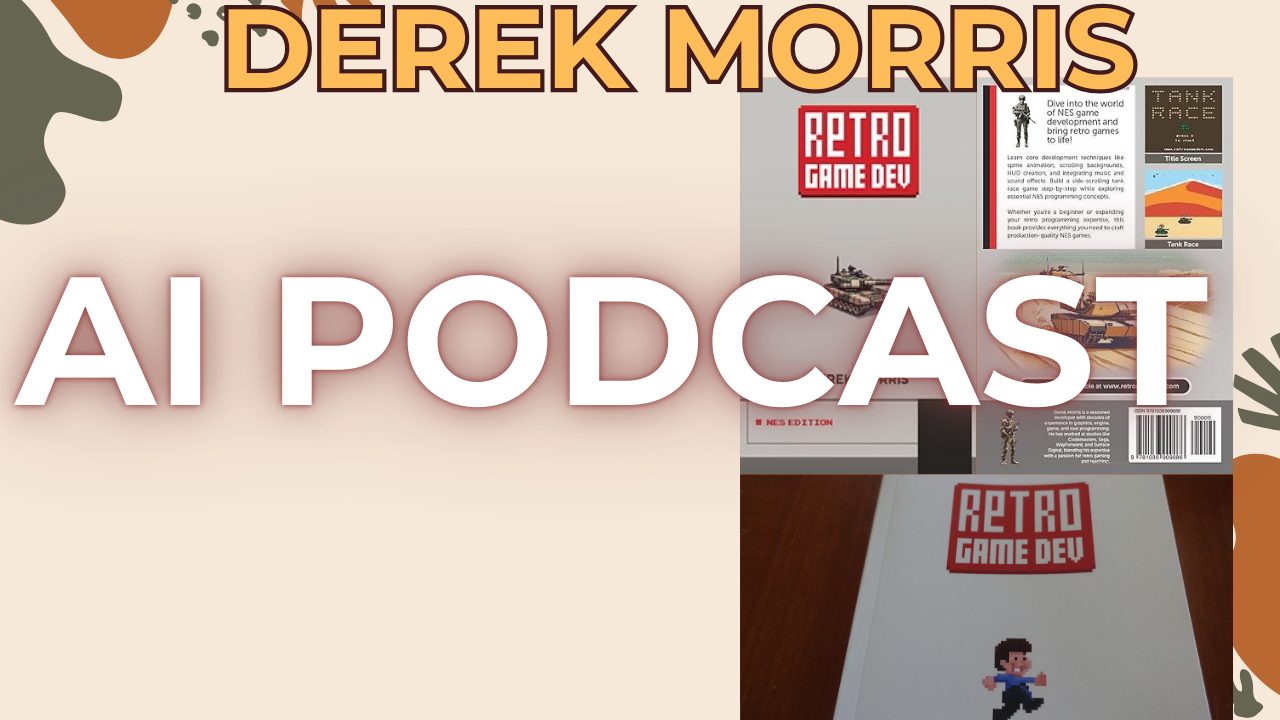Vintage Commodore 128 Personal Computer Handbook Review
Before I get into my review of the book, I wanted to speak a little about the Commodore 128 for those of you who may not be that familiar with the Computer. Maybe you heard of the Commodore 64 and played its games but just what is the Commodore 128. Well, The Commodore 128, was the successor to the Commodore 64, sort of its big brother, and it surpassed it’s little sibling, technically in nearly every way. The Commodore 128 is really three computers built into one. It had double the memory capacity of the Commodore 64, is expandable to 512K, and can fully emulate it in 64 mode. It has a Zilog Z80 CPU built-in allowing it to run the CP/M operating system and it has a vastly expanded and well-architected Commodore Basic version 7.0
The “Vintage Commodore 128 Personal Computer Handbook”, by Margaret G. Morabito, covers all the details of the Commodore 128, from her perspective. The handbook which was initially written with the intent to be published way back in 1985, has been updated to include pertinent information from a modern, 2019 perspective. These tidbits are sprinkled in throughout the book and are written in an italicized font. It’s really nice having that contrast. The author mentioned the manuscript has been sitting untouched in a box for nearly 33 years!
The paperback weighs in at a total of 298 pages. It comes in a light blue or dark blue cover stock with an attractive photo of a Commodore 128 in the lower middle section.
I haven’t really been dabbling much with the Commodore 128 since it’s release in the mid-’80s, so I found this book to be a great refresher. Before the book even begins, I learned in the forward there is a nice Easter egg built into the Commodore 128. If you type in the Command “sys32800,123,45,6” the screen will clear and will display the following message. “Brought to you by…Software: Fred Bowan, Terry Ryan, Von Ertwine, Hardware: Bil Herd, Dave Haynie, Frank Palaia”, accompanied by the political message “Link’s arms, don’t make them.”.
I did notice in the book Frank’s name is spelled “Palia” which is slightly different than on the Commodore 128.

The Commodore 128 Wiki page spelling for Frank seems to match the Easter egg page.
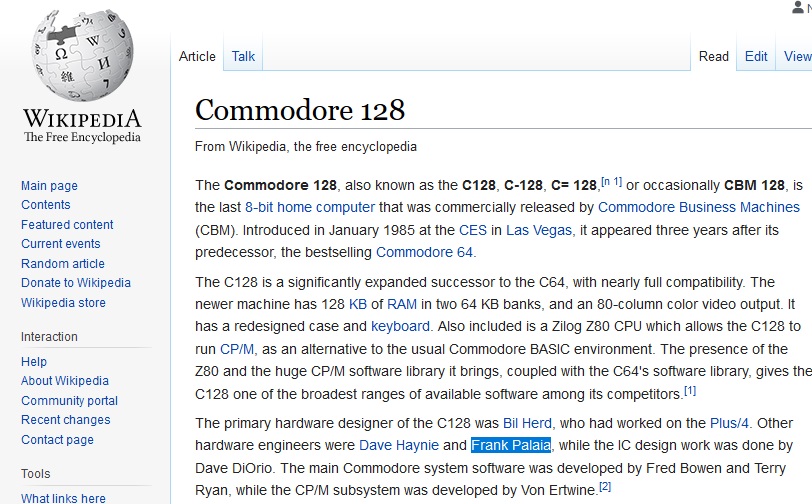
As does the C128.com website.
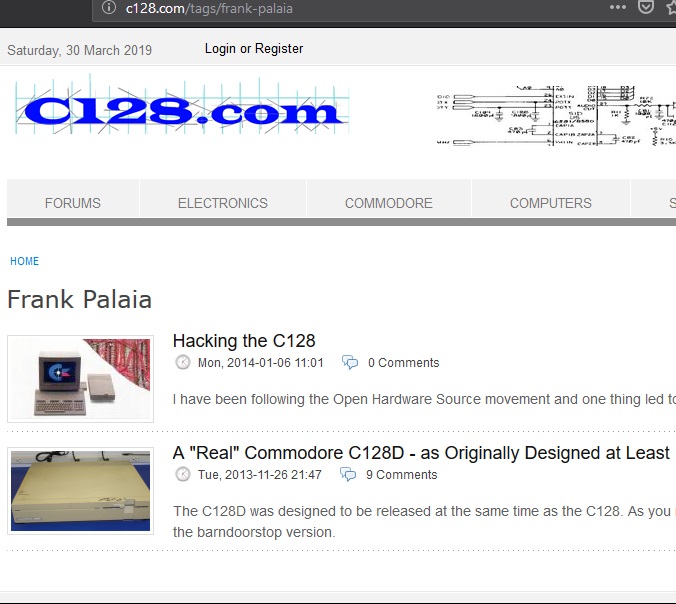
However on the C64 Wiki and Wikipedia pages for The Commodore Expansion module, his spelling matches the handbook, so on this point, I am really not sure.
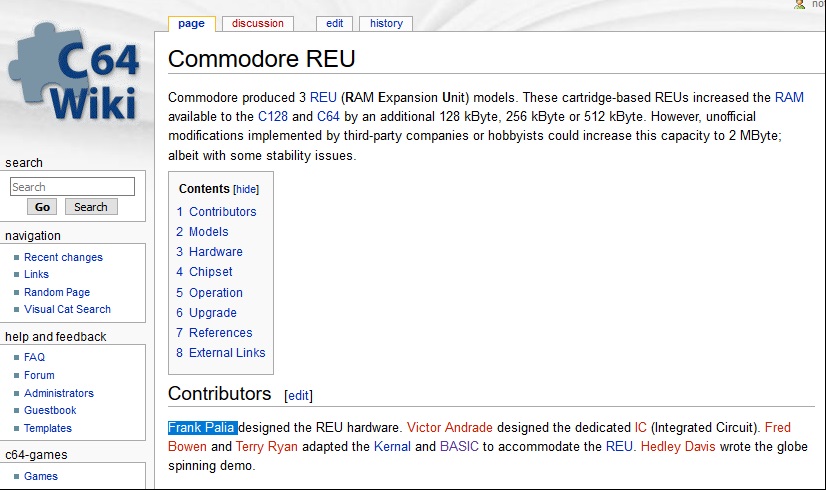
In the forward, the book lists a few more members of the original design team, “Dave DiOrio, Greg Berlin, Dave Siracusa, Terry Fisher, and of course the C-128 design engineer, Bil Herd. There are a total of 10 chapters in the book and six appendices. Even having read the book, the appendices can be used as a sort of Commodore 128 reference guide, to look up things such as Computer terms, Commodore BASIC Commands, and screen editing commands.
Chapter one contains a nice history of the 128. Chapter two has several comparisons to a couple of competitors of the Commodore 128 which at the time were the IBM PC Jr., and the Apple 2C. Spoiler, the Commodore 128 blew them both away.
Chapters 3 and 4 dive deep into the system, it’s hardware and peripherals, including discussions on modern hardware such as connecting the Commodore 128 to compatible modern televisions as well as SD2IEC disk drive replacements.
Chapter 5 covered the three operating modes of the 128. The “128 Mode”, “CP/M” mode, and “64 Mode”.
What I found most interesting in this chapter was there is software available in CP/M mode such as the Infocom collection which will allow you to play the old text adventure games in 80 column mode. The author outlines the precise steps starting on page 102.
Chapters 6 and 7 cover productivity software and telecommunications.
Chapter 8 is dedicated to programming, covering the extended BASIC 7.0 command language. In this chapter, we learn all about the new commands available for the Commodore 128. Commodore basic 7.0 is amazing and includes many new commands that were not available on the earlier Commodore computers, such as commands for directly manipulating sprites, graphics, and sounds. Also, the fact that there is a built in command to re-number your basic programs was a big deal when released.
Chapters 9 and 10 close out the book, covering where to find software collections for the system both old and new as well as a piece on the proper maintenance of the Commodore 128.
Overall I really enjoyed reading the Vintage Commodore 128 Personal Computer Handbook, 2019 Survival Edition. It’s a great book. I have a strong nostalgic connection to the Commodore 128 as I used it as my primary computer back in the mid to late ’80s. I learned to program using the Commodore 128. I had a 1902 monitor and 80 column mode with the Merlin 128 assembler to write programs. This handbook has reminded me how neat and original the 128 really was and continues to be. I enjoyed how the book was laid out with dual perspectives, both old and new. There are dozens of photos and screenshots included within the book which help bring it to life.
I contacted Margaret Morabito to find more out her. She sent me to this link,
http://calcampus.edu/calc.htm
Which outlines what she has been up to all these years… “Seeing the potential for combining computers, modems, and teaching, Morabito designed and operated CALC as an exclusively online learning center for the purpose of providing instruction to individual learners from diverse locations through the use of computer telecommunications. ”
She was gracious enough to send me a couple of photos that were not in the book which I will share with you here.
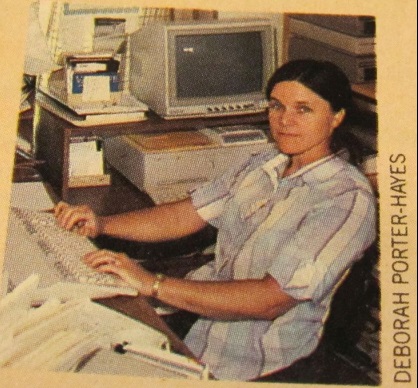 This one was taken from Commodore Magazine in October, 1988
This one was taken from Commodore Magazine in October, 1988
 Her present day Commodore 128, notice the modern Television and SD2IEC drive.
Her present day Commodore 128, notice the modern Television and SD2IEC drive.

And finally this awesome current 2019 image of Margaret and her Commodore 128 workspace. Notice her handbook, dot matrix printer, the Run magazine, SD2IEC device, and modern TV with the “Commodore Nut” sticker.
I wanted to thank Margaret Morabito for answering all my questions and for sharing these photographs.
You can pick up your copy of the paperback over at the Amazon.com website for about $15 dollars or the Kindle digital format for about $10 if you prefer. Thanks for watching…
Purchasing Link:
https://www.amazon.com/s?k=vintage+commodore+128+personal+computer+handbook
Links mentioned in the review:
http://calcampus.edu/calc.htm
https://en.wikipedia.org/wiki/Commodore_128
http://c128.com/tags/frank-palaia
https://en.wikipedia.org/wiki/Commodore_REU
https://www.c64-wiki.com/wiki/REU
Youtube Original Post Date: 04/01/2019

